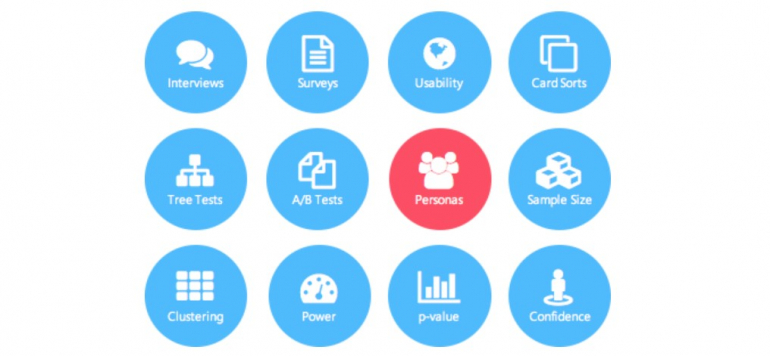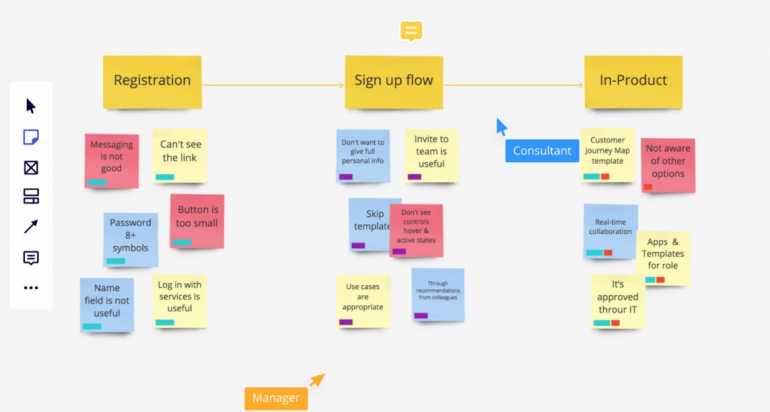UX Research Fundamentals
In the modern world, most of us heavily rely on delivering products and services that are aimed to please the needs of the target audience. However, how to know what a buyer wants unless you do research? Most business owners have official web pages where they speak about their services or represent the goods they sell. Using the UX research methods, you can get many useful insights regarding your clients' preferences. UX research lets businesses discover their customers' goals, preferences, mental models, and much more. All this comes in handy while improvising our work and updating our websites the way a client needs.
UX Research - What Is It?
Through UX research, webmasters and business owners can get deeper insights into the needs and expectations of their target audience. The findings one gets from the UX research let them deliver more valuable information to online customers. It also gives you a better understanding of how your website should be organized and what elements it should feature to provide the maximum value to the end-user.
UX Research Methods
UX research should be an indispensable part of every online business strategy. The knowledge that it gives to you clarifies what your customers expect to see on your site and how they wish it to be implemented. The best thing about it is that you can implement UX research at any stage of the web design process.
The key methods include qualitative and quantitative approaches that make it possible for you to get to know your audience. Simply put, we use qualitative measures to get a better understanding of a user's needs. The quantitative method helps us check how effective the implemented changes will be and measure the results.
In a perfect scenario, businesses should use a combination of both methods and choose the approaches to:
- Fit the UX research purpose;
- Provide you with the clearest insights on the matter.

With that said, let’s take a closer look at the methods mentioned above.
- Qualitative. The main purpose of using this method is to understand why users take certain actions on your website. It involves the use of interviews and studies in the ethnographic field. The method suggests interviewing a small number of customers and asking users open-ended questions to understand their habits better. As soon as qualitative research suggests you use uncountable data, you should be especially careful while evaluating the results and avoid the risk of being subjective while evaluating your findings.
- Quantitative. As the name suggests, it lets you get measurable data about users’ actions on your site and test the insights you attained after the qualitative research. The method suggests using online surveys asking people to give answers about their habitual experiences. The method will be especially useful to those businesses that have a large audience.
Besides using the combination of these two methods, you will get clearer results once you include the attitudinal (i.e. interviews) and behavioral methods (the results you attain as a result of observational studies).
Approaches to Running UX Research
Whatever UX research method you choose - from an interview to the A/B testing - all of them stem from the following approaches:
- Observation. It’s one of the major fundamentals that every researcher needs to learn to see. Much like a photographer, a UX researcher should notice when a person feels stressed or uncertain while answering an interviewer's questions. It seems to be a simple skill but many forget about it. While observing, take notes so that you will be able to find common patterns among different groups of users.
- Understanding. We keep on practicing this approach in everyday life. However, understanding is mainly applied to the discovery of mental models when it comes to UX research. These are the associations that come to a user’s mind while thinking of a particular situation. Once the researcher understands the audience’s mental models, he or she can share this knowledge with the design team to improve the UX experience on their website.
- Analysis. Running the UX research on its own doesn’t make any sense unless you analyze the results of your findings. Analysis lets the researcher develop the key patterns of the research and make the right recommendations based on this knowledge. In most cases, you run the UX research in a team. Analysis lets you come up with the ideas that should be delivered to the rest of your team members. The most common analysis techniques that you can opt for include creating buyer personas based on their behavioral patterns, or making up charts describing their behavior.
While choosing the best UX research methods and approaches, you need to consider using the most relevant ones for your business, available resources, target audience, and research. The UX research proves to be valuable for your design team, so it shouldn’t be neglected when you look for the best ways to present your content and improve your site’s UX.

UX Research Tools
Things get easier when you pick the right UX research tools. Luckily, there are many solutions available on the web today. All you need to do is pick the ones that contain the features you need for running in-depth research and user analysis. In this article, we share a list of some of the most popular UX research tools that let you gather information and analyze your data to achieve the best results.
Google Analytics
When it comes to choosing the best UX research tools, Google Analytics always comes first on the list. It’s a free solution that easily installs and works with most websites and digital environments. The tool points out where you are doing a great job and where you could try harder. With the help of Google Analytics, you can check what pages are the most popular among your customers, what pages they are missing, what are the most common user flows, etc.
Usertesting
It’s another popular UX research tool available on the web today. With its help, you can test not only websites but mobile apps. Whenever it’s needed, you can record the results of your work. The tool lets you get feedback from your audience in the form of written feedback, audio, and video. Unlike Google Analytics, Usertesting is not a free tool. It includes two premium plans - individual and enterprise. You can check the quotes upon request.
Crazy Egg
Here comes one of the top-recommended heat mapping tools. It’s not a free solution, though a 30-day free trial version is available. The plans start at $9/mo. Crazy Egg will come in handy for everyone looking for heatmaps. The app takes screenshots on the page of the URL address of which you specify. Later on, it keeps a record of all clicks that people make on the web page and overlays this info as a heatmap. It lets you easily check what content users find to be the most helpful and which areas need further improvement.
Userpeek
The price of the Userpeek tool is set at £10/testers. The software lets you test every element of your site - from a tiny feature to the overall user browsing experience across your site’s desktop and mobile versions. The tool records videos of real people using your products. You will also get comments on your site’s usability and UX.
Optimal Workshop
Optimal Workshop is a free UX research software that lets you understand what matters the most to your customers using OptimalSort, Treejack, Chalkmark, Questions, and Reframer tools. The tool combines qualitative and quantitative UX research methods. It lets you see instant responses to come up with the right patterns in your data ASAP.
User experience research is one of the core aspects that let you get to know your audience better, realize their goals and needs, and offer the right types of content and goods they expect to find on your website or mobile app. With the proper choice of UX research methods and tools, you can develop the right approach and strategy to benefit your business and serve your customers more effectively.
About the author
Copyright © . All Rights Reserved
